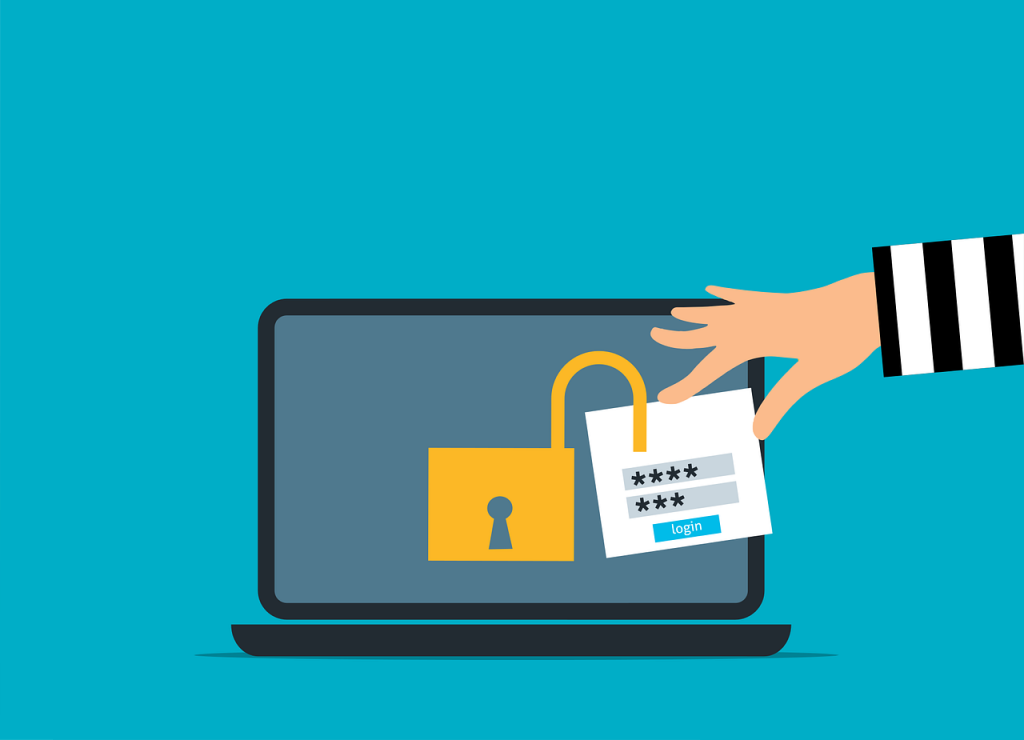Grace Yu
Grace Yu is a Client Success Manager for BlackPoint IT Services. She has been in the industry for over three years. She is passionate about providing excellent
In this digital age, both consumers and businesses have shifted towards online solutions. Unfortunately, criminals and other malicious parties have adapted to...

Image Credits: pixabay
In this digital age, both consumers and businesses have shifted towards online solutions. Unfortunately, criminals and other malicious parties have adapted to these technological advancements, as well. Identity theft, fraud, data breaches, and other forms of cyberattacks have become par for the course.
Passwords are often the most basic form of cybersecurity, with companies and individuals merely relying on them for protection against breaches. However, Verizon reports that weak or stolen user credentials are used in 95% of all web application attacks. It has become clear that passwords alone are not enough to protect valuable data.
IT leaders have begun the push for multifactor authentication to better protect business-critical data without breaking the budget.
Two-factor authentication (2FA), also known as multifactor authentication (MFA), is a security process in which the user must provide two types of different authentication factors to verify their identity and access a specific application or system.
The first step of this process is using the right username and password. The second step will require the user to provide another piece of information, such as:
There are many different types of multifactor authentication methods available, but they all work towards proving a user’s identity outside of their usernames and passwords.
Two-factor authentication can elevate your business practices and operations in various ways. These include:
The most significant benefit of a multifactor authentication system is that it strengthens security for sensitive and business-critical information. While hackers may gain access to usernames and passwords unscrupulously, they cannot enter an application or system with those credentials alone. This significantly reduces the chances of fraud, data breaches, and other cyber attacks.
More companies are shifting to remote work setups and cloud-based programs and services. 2FA allows users to perform this process from even outside the office.
Employees can now safely access critical company applications, data, documents, and other systems when needed for their tasks. Even if physical laptop security is compromised, 2FA makes it incredibly difficult to gain illegal and unauthorized access to these systems.
The biggest cost reduced by good 2FA is preventing a data breach from occurring. Breaches can cost companies up to millions worth of damages and post-breach cleanup.
Additionally, it falls to in-house technical support to deal with password resets and other credential adjustments. These teams may end up using a great deal of their time to make these necessary changes instead of accomplishing critical core-related tasks.
When implemented well, 2FA can be a low-cost option that allows users to adjust their own credentials and avoid financially disastrous cyberattacks.
Stolen credentials are the biggest cybersecurity risk across industries, but it may be too late before a company is even aware that credentials were compromised.
With certain 2FA setups, users can be made aware of unauthorized or unrecognized attempts to access systems through their credentials. This allows account owners to report attempts of a breach to IT security and make companies aware of potential security breaches. As a result, cybercrimes can be stopped before they have a chance to begin.
Two-factor authentication isn’t only for internal use—companies maintaining customer accounts can take advantage of this additional security for their clients.
Personal data are often the target of cybercrime for fraud and identity theft, making it critical to secure this information from criminals. Implementing a 2FA system for customers helps build up brand trust and credibility while offering a more secure service overall.
Cybercrime activities grow more sophisticated as tech continues to evolve and innovate, putting both companies and consumers at risk. The key to staying ahead of these malicious attacks is to ensure that the right security processes are in place. Two-factor authentication becomes an integral part of any cybersecurity strategy by making it more difficult for unwanted parties to access critical information.
Suggested:
How To Create Effective CyberSecurity Training For Your Employees?
10 Ways To Increase The Security Of Business.
7 Best Security Token Offering Platforms 2021.
Great Information about the IT Security. It adds up something to my Knowledge.
Thanks for Sharing.
Hi,
Thanks for sharing this beautiful and informative article.
I have really enjoyed reading the article and of course learned several new things from your content.
I would definitely share this blog on my social media pages.
Looking forward and waiting for your new blogs
Thank you
business security is very necessary for any kind of business.
Thank you for sharing this information